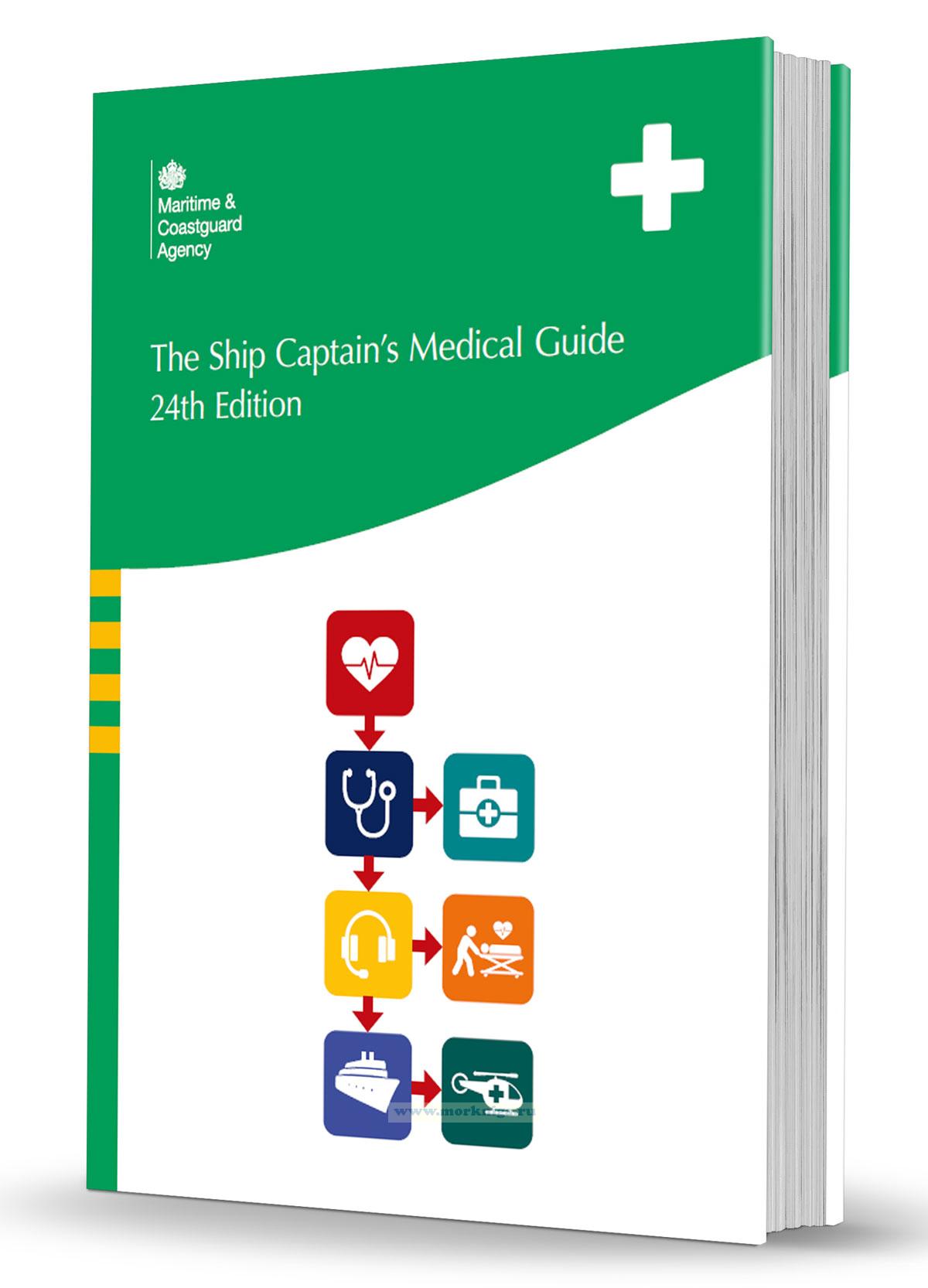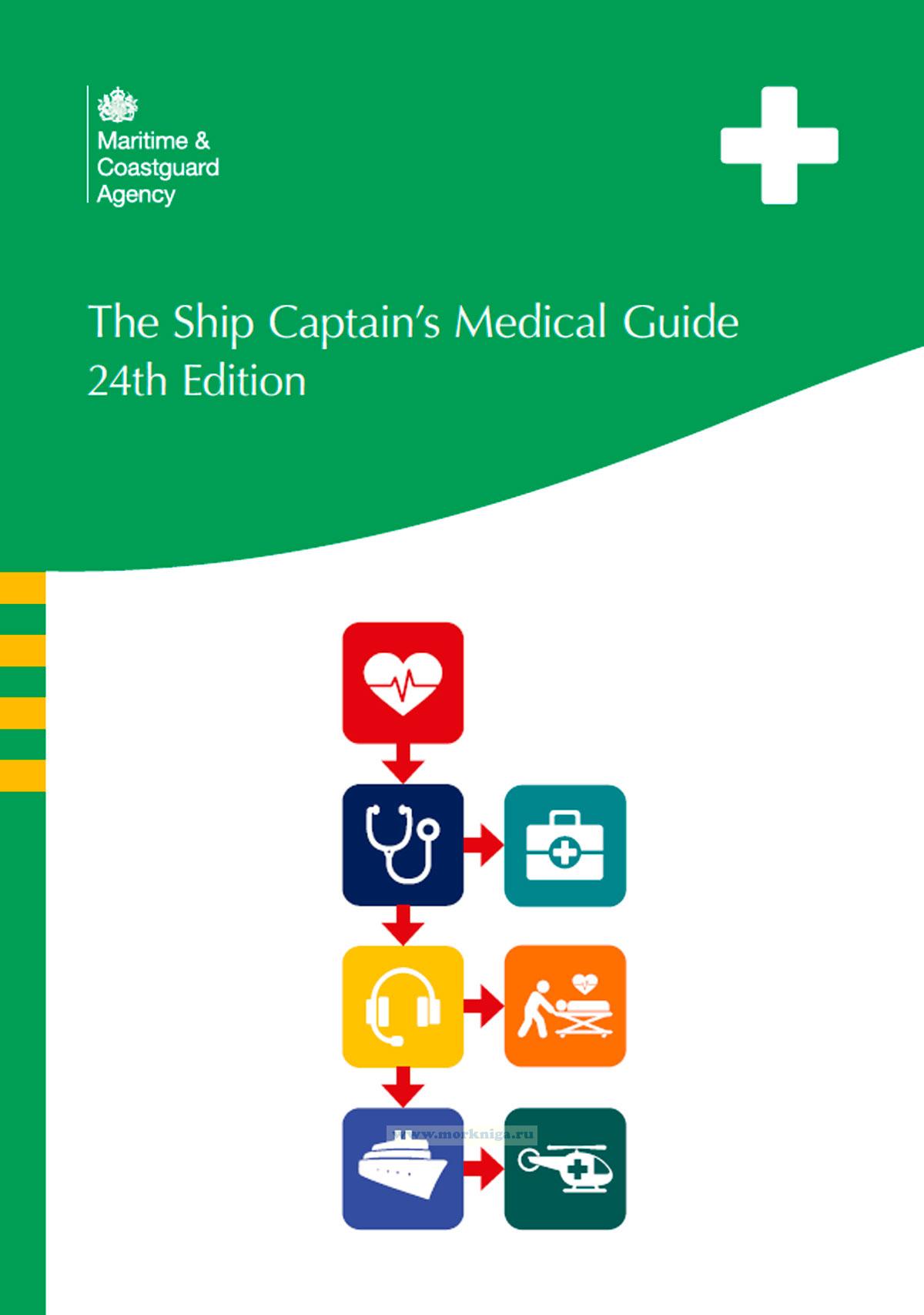The Ship Captain's Medical Guide. 24th Edition. Медицинский справочник капитана судна. Издание 24
Издание на английском языке
The Ship Captain's Medical Guide is intended primarily for use on vessels where there is no medical professional, such as a doctor, on board. It provides assistance and direction for crew members when it becomes necessary for them to assess and treat trauma and medical illness.
This new guide, the 24th edition, continues to keep pace with the rapid changes in bestpractice medicine, medical technology and global communications. It also provides reference for medical training courses, and a framework for crew members within which to think, when faced with unfamiliar medical problems at sea.
It contains:
- Flow charts to aid evaluation and treatment
- Incorporation of 'red flags' to aid identification of potentially life-threatening conditions
- Clear, authoritative advice and easy-to-follow guidance
- Step-by-step illustrations to explain emergency procedures
- Cross-references to further detail
- Anatomical illustrations.
Contents
Front flyleaf: TMAS medical incident report form Introduction
Acknowledgements
How to use this book
Part 1 Emergency care
1 Resuscitation
2 Assessment of a sick or injured crew member
3 Loss of consciousness
4 Managing the unconscious crew member
5 Fitting (convulsions)
6 Headache
7 Confusion and delirium
8 Choking
9 Chest pain and heart attack (myocardial infarction)
10 Shortness of breath
11 Shock and haemorrhage
12 Gastrointestinal bleeding
13 Diabetic emergencies
14 Serious infection and sepsis
15 Allergy and anaphylaxis
16 Cold injuries and hypothermia
17 Recovery of person overboard
18 Immersion and drowning
19 Heat illnesses
20 Burns
Part 2 Trauma
1 Wounds and bleeding
2 Head injuries
3 Neck and spinal injuries
4 Facial injuries
5 Eye injuries
6 Chest injuries
7 Abdominal injuries
8 Pelvic and hip injuries
9 Limbs: fracture and dislocation
10 Hand, foot and ankle injuries
11 Minor soft tissue injuries
12 Treating pain
Part 3 Medical disorders
1 Nervous system disorders
2 Eye disorders
3 Dental and mouth disorders
4 Ear, nose and throat disorders
5 Chest disorders
6 Abdominal disorders
7 Gynaecological disorders
8 Urinary; kidney and genital disorders
9 Infections
10 Seasickness
11 Skin disorders
12 Bites and stings
13 Poisoning
14 Mental health disorders
Part 4 Medical procedures
1 Taking a history from a casualty
2 Examining a casualty
3 Pulse and blood pressure
4 Assessing conscious state: Glasgow Coma Scale and AVPU
5 Resuscitation procedures
6 Oxygen therapy
7 Recovery position and log-roll
8 Spinal immobilisation
9 Minor operative set-up
10 Local anaesthesia
11 Insertion of catheters and tubes
12 Rehydration
13 Venous and intraosseous access and setting up an infusion
14 Injections: intravenous, intramuscular and subcutaneous
15 Repairing the skin
16 Chest decompression
17 Treatment of an abscess
18 Using splints and slings
19 Fractures and dislocations
Part 5 Reference material
1 The body: structure and function
2 Medical records
3 Responsibility for healthcare at sea
4 Continuing care
5 Pre-existing medical conditions
6 Passenger health
7 Port calls and crew health
8 MCA regulatory' requirements for medical care of crew members
9 Work-related health risks
Part 6 Appendices
Appendix I: Medical evacuation by helicopter
Appendix II: Medical evacuation by boat
Appendix III: Transport of a casualty
Appendix IV: Medical assessment questionnaire
Appendix V: Medical reporting for evacuation
Appendix VI: Vital signs monitor chart
Appendix VII: Medicines guide
Appendix VIII: How to contact telemedical advice services
Appendix IX: Dealing with a death on board
Glossary
Index
Back flyleaf: Pain relief ladder
Back flyleaf: Antibiotics guide


 Юбилейный сборник научных работ врачей 442 Военного клинического госпиталя Министерства Обороны РФ (к 180-летию со дня основания)
Юбилейный сборник научных работ врачей 442 Военного клинического госпиталя Министерства Обороны РФ (к 180-летию со дня основания)  Избранные вопросы организации психоневрологической помощи на флоте
Избранные вопросы организации психоневрологической помощи на флоте